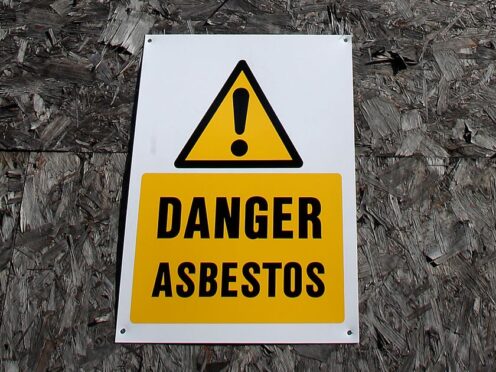
Health and safety professionals are urging the Government to take more action to prevent thousands of people dying from asbestos exposure every year – 25 years on from the deadly material being banned in the UK.
The Institution of Occupational Safety and Health (IOSH) said that despite the ban, an estimated 300,000 non-domestic buildings built before 1999 still contain asbestos.
Ahead of next week’s Global Asbestos Awareness Week, the IOSH renewed its call on ministers to work with policymakers, regulators, employers and worker representatives to increase awareness.
Head of policy Ruth Wilkinson said: “We know that about 5,000 people die from asbestos-related diseases every year in the UK. While the cause of their illness was likely exposure from decades ago, we believe that people are still being exposed today, putting them at risk of terminal cancers such as mesothelioma in the years to come.
“This is unacceptable. What is of significant concern is the lack of consistency in managing asbestos among duty holders and a lack of awareness and knowledge about it among those who are coming into contact with it, particularly in smaller businesses.”

Enjoy the convenience of having The Sunday Post delivered as a digital ePaper straight to your smartphone, tablet or computer.
Subscribe for only £5.49 a month and enjoy all the benefits of the printed paper as a digital replica.
Subscribe